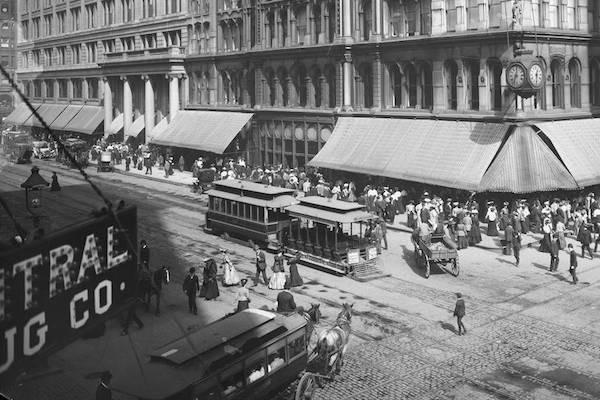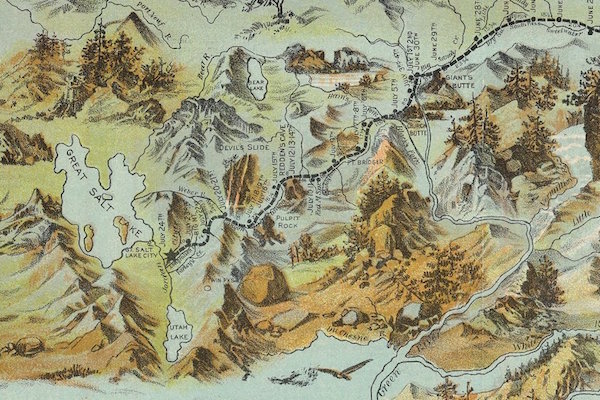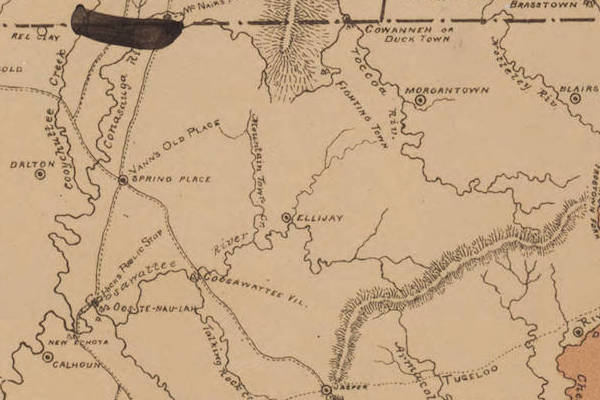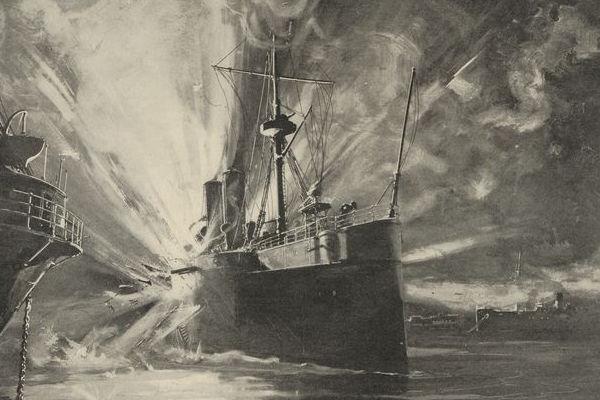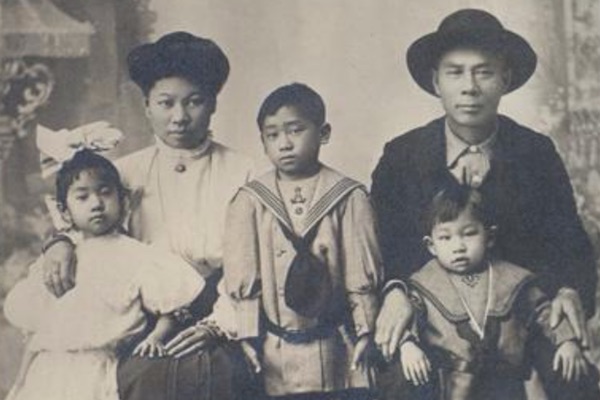The turn of the twentieth century is often referred to as the nadir of race relations in the United States. Jim Crow laws, lynchings, and other forms of racial violence plagued the southern region of the country. Moreover, the cotton industry was severely affected by the boll weevil, a cotton-eating insect; the weevils’ consumption of cotton crops hurt the southern economy and eliminated many of the agricultural jobs held by African Americans. Consequently, the South became a place of economic and racial turmoil, and African Americans were desperate to find some relief. The promise of jobs in northern factories during World War I provided African Americans an opportunity to escape the harsh realities of the South. Between 1910 and 1930, approximately 1.6 million African Americans left the South to pursue opportunities in the Northern and Midwestern states. This exodus is known as the Great Migration, and was the first phase of an African American migration that would continue until 1970.
 A lynching announcement from New Orleans, 1919.
A lynching announcement from New Orleans, 1919. An excerpt from an 1895 printing of “Why is the Negro Lynched?” one of the final essays written by Frederick Douglass before his death.
An excerpt from an 1895 printing of “Why is the Negro Lynched?” one of the final essays written by Frederick Douglass before his death. An excerpt from The Negro: The Southerner’s Problem by Thomas Nelson Page, 1910.
An excerpt from The Negro: The Southerner’s Problem by Thomas Nelson Page, 1910. A photograph of a Jim Crow rail car “for Negroes only,” Fayetteville, NC, 1929.
A photograph of a Jim Crow rail car “for Negroes only,” Fayetteville, NC, 1929. Employment of Negroes in Agriculture, an oil painting by Earle Richardson, 1934.
Employment of Negroes in Agriculture, an oil painting by Earle Richardson, 1934. Cotton sharecroppers in Georgia in a photograph by Dorothea Lange, 1937.
Cotton sharecroppers in Georgia in a photograph by Dorothea Lange, 1937. A painting of the Great Migration by Jacob Lawrence, 1917.
A painting of the Great Migration by Jacob Lawrence, 1917. A map of the migration patterns of African Americans from 1900 to 1929.
A map of the migration patterns of African Americans from 1900 to 1929. An excerpt from Negro Migration in 1916-1917, a report by the U.S. Department of Labor, Division of Negro Economics, 1919.
An excerpt from Negro Migration in 1916-1917, a report by the U.S. Department of Labor, Division of Negro Economics, 1919. An excerpt from A Century of Negro Migration by Carter G. Woodson, 1918.
An excerpt from A Century of Negro Migration by Carter G. Woodson, 1918. A photograph of an African American family arriving in Chicago after migrating from the rural South, 1922.
A photograph of an African American family arriving in Chicago after migrating from the rural South, 1922. An excerpt from The Industrial Condition of the Negro in the North, 1906.
An excerpt from The Industrial Condition of the Negro in the North, 1906. A 1922 photograph by Carter G. Woodson captioned “A result of the migration. A Negro teacher with pupils of both races.”
A 1922 photograph by Carter G. Woodson captioned “A result of the migration. A Negro teacher with pupils of both races.” A 1922 photograph from Chicago captioned “Negro women employed on power machines in a large apron factory.”
A 1922 photograph from Chicago captioned “Negro women employed on power machines in a large apron factory.” An excerpt from Chicago Race Riots, a 1919 analysis of the race riots in Chicago during the “Red Summer.”
An excerpt from Chicago Race Riots, a 1919 analysis of the race riots in Chicago during the “Red Summer.”












